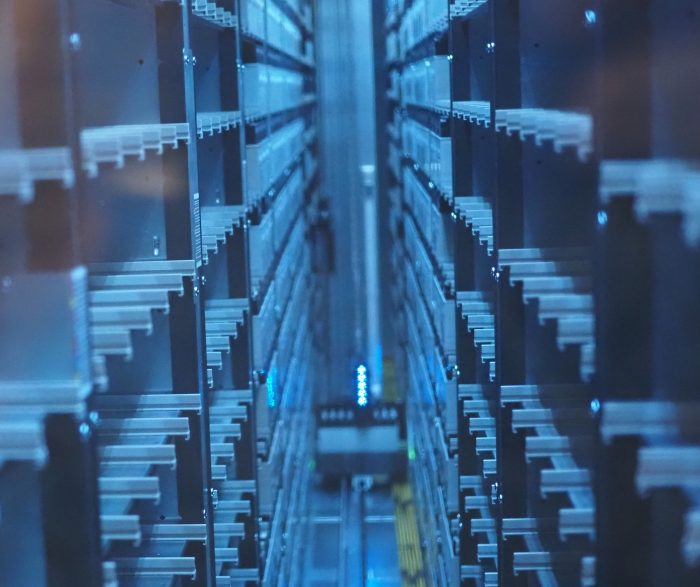Researchers run models by setting a starting condition.
For example, for a model toy car – did it start on a flat surface or on a hill and how hard was it pushed?
With a climate model we can set the amount of greenhouse gases in the atmosphere and see what effect this has on temperature. We know that temperature increases by a certain amount depending on the amount of greenhouse gases.
The equations that represent this relationship are solved on powerful computers for each grid cell in the model. Results from each grid cell are passed to neighbouring cells, and the equations are solved again. Repeating the process again and again represents the passage of time.
Each component in the climate can be represented by a model and together they represent the climate system. Different climate models can represent different components in the climate system, such as: the ocean, atmosphere, land, cryosphere and biogeochemical cycles.
Models can talk to each other to exchange information.

Climate model stakeholder
How do you choose the right climate model?
What does climate model resolution mean?
